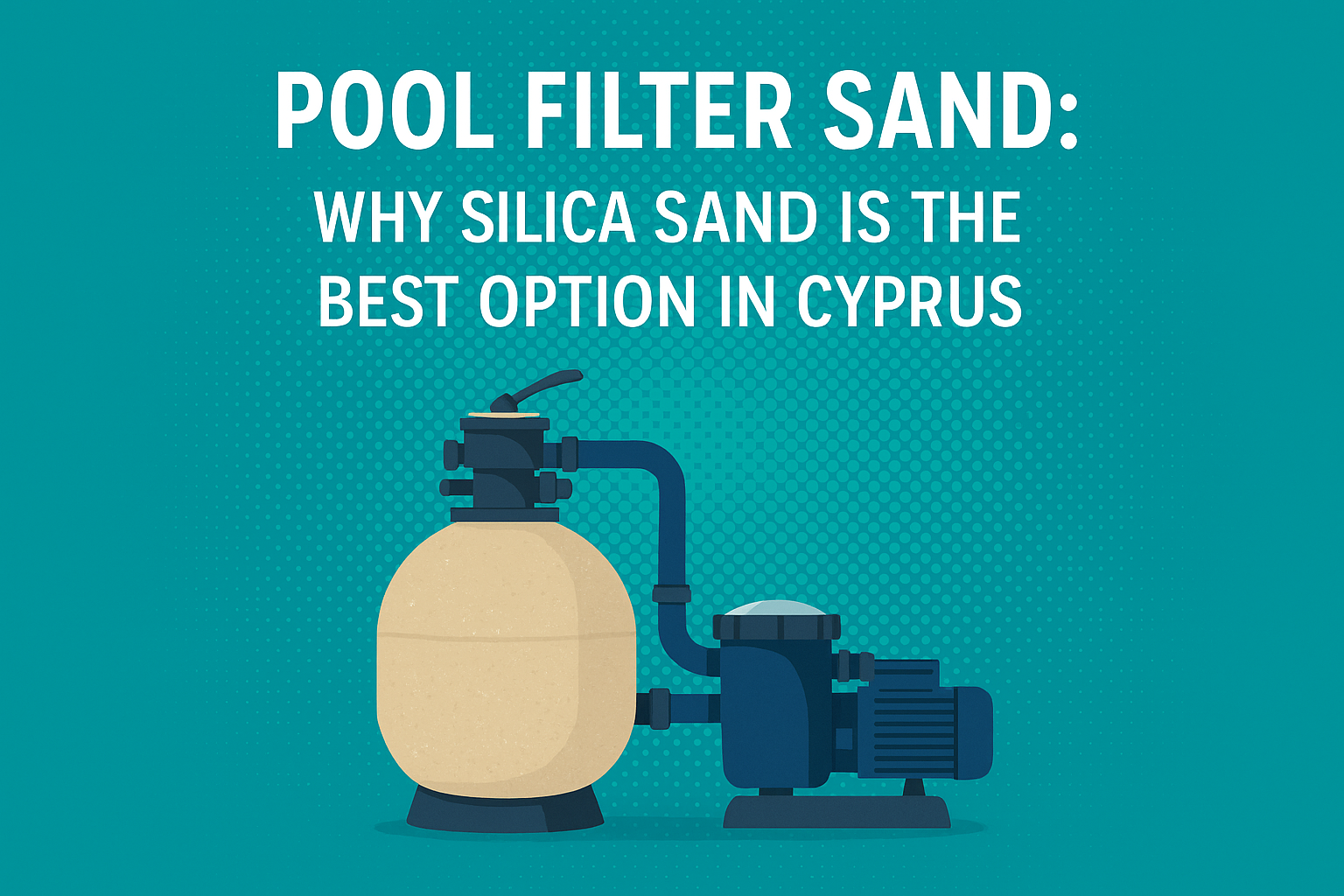What is silica sand vs regular sand? Silica sand and regular sand are two types of sand that are commonly used for various purposes. While they may appear similar, there are some key differences between the two. This article aims to explain silica sand vs regular sand: what silica sand is and how it differs from regular sand.
What is Silica Sand?
Composition
- Silica sand is primarily composed of silicon dioxide (SiO2).
- It is a granular material that is derived from quartz, a common mineral found in the Earth’s crust.
Properties
- Silica sand has a high melting point, making it suitable for use in industrial processes such as glass manufacturing.
- It is chemically inert and does not react with other substances.
- Silica sand is known for its high hardness and resistance to weathering and erosion.
Uses
- Silica sand is commonly used in construction, particularly for making concrete and mortar.
- It is also used in the production of glass, ceramics, and abrasives.
- Silica sand is a key ingredient in hydraulic fracturing, also known as fracking, where it is used to prop open underground rock formations to extract oil and gas.
Regular Sand
Composition
- Regular sand, also known as natural sand or river sand, is composed of a mixture of minerals, including quartz, feldspar, and other rock fragments.
- It is typically found in riverbeds, beaches, and deserts.
Properties
- Regular sand has a lower melting point compared to silica sand.
- It is less chemically inert and may react with certain substances.
- Regular sand is softer and less resistant to weathering and erosion compared to silica sand.
Uses
- Regular sand is commonly used for construction purposes, such as making concrete, mortar, and asphalt.
- It is also used for landscaping, filling sandbags, and creating sandboxes.
- Regular sand is often used in filtration systems, such as in swimming pools and water treatment plants.
On the other hand, silica sand is a type of sand that is composed of silica, or silicon dioxide. The high silica content makes it an ideal choice for industrial processes and construction. It has a high melting point and is highly resistant to weathering, making it ideal for use in sandblasting and as a filter media in swimming pool filtration systems. Silica sand is also used in abrasive blasting, ceramics, and as a filler material in paints, rubber, and plastics.
Silica sand is also used in water filtration systems, such as those found in swimming pools. It has a finer texture than regular sand, which allows it to filter out smaller particles and debris. The finer grains also create a smoother surface which reduces the amount of dust and dirt that is stirred up when swimming. Furthermore, silica sand is highly resistant to chemical breakdown, making it a great choice for pool filters.
The size of the sand grains makes a difference as well. Regular sand is usually composed of larger particles, while silica sand is composed of finer grains. This difference in grain size is important when choosing sand for specific applications. Larger particles are better for creating surfaces with more traction, while finer particles are better for filtration. The grain size of the sand can also affect the clarity of the water in swimming pools; finer grains result in clearer water.
Silica sand is also used in the manufacturing of glass. It is melted with other materials and then cooled to create glass products with a clear and glossy finish. The high melting point of silica sand makes it an ideal material for creating glass products. It is also used in the production of ceramic products, such as tiles and pottery. The fine texture of the sand allows it to be molded and shaped more easily, making it a great choice for creating these types of products.
Conclusion
In conclusion, silica sand and regular sand have distinct differences in their composition, properties, and uses. Silica sand, with its high melting point and resistance to weathering, is commonly used in industrial processes and construction. Regular sand, on the other hand, is more commonly used for construction and landscaping purposes. Understanding the differences between these two types of sand can help in choosing the appropriate material for specific applications.



